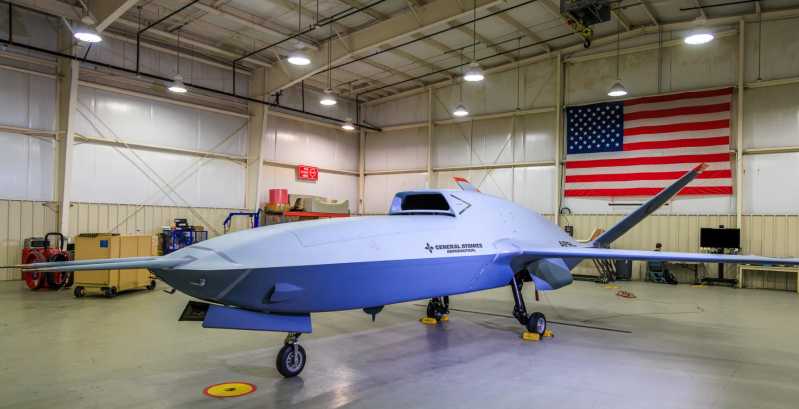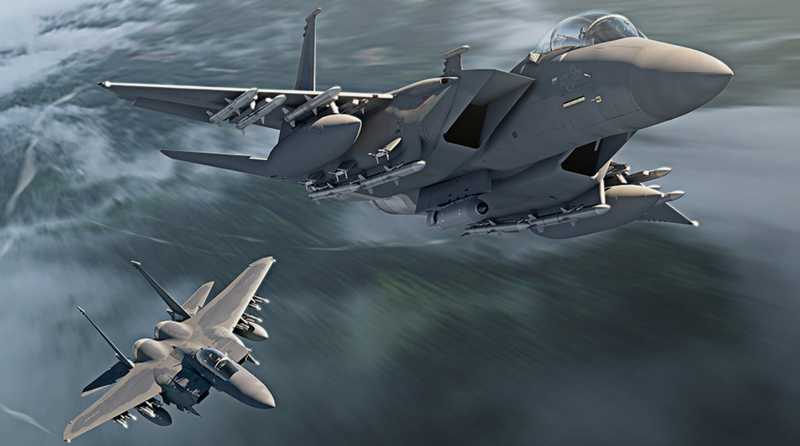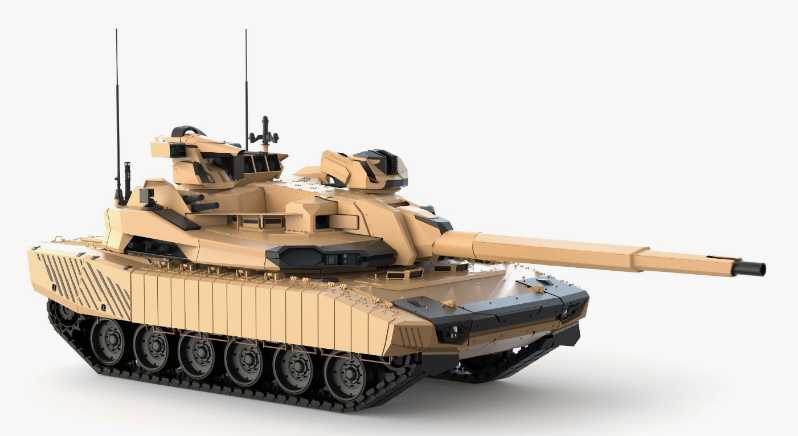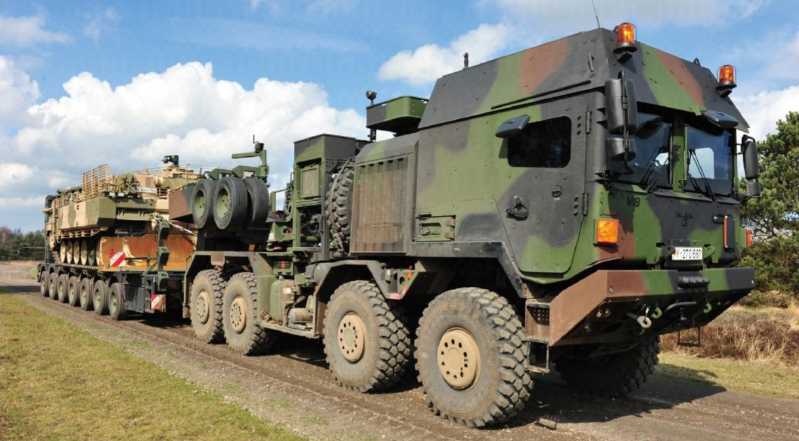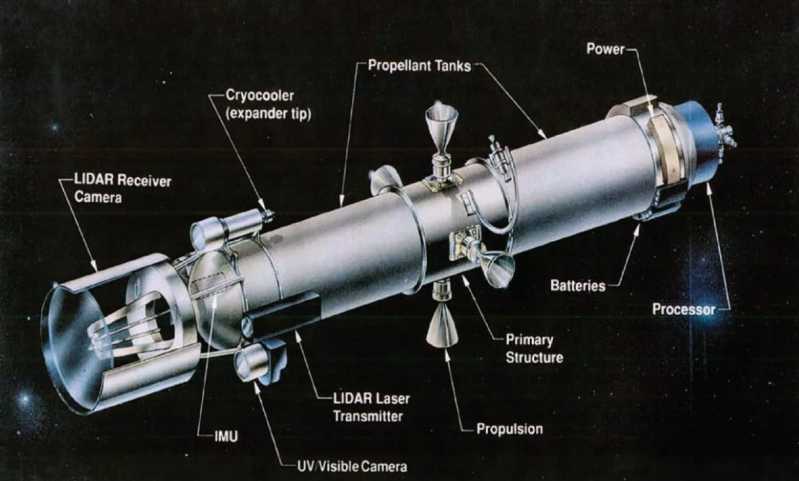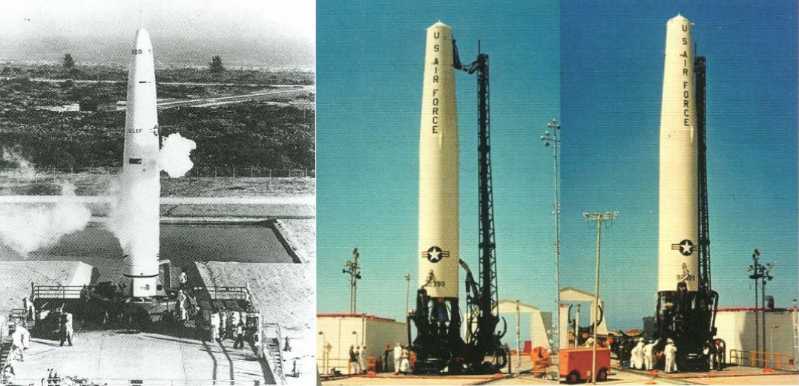According to the "War Zone" column of the US "Drive" website, on February 28, local time in the United States, the Aerospace Systems Directorate of the US Air Force Research Laboratory first flew the XQ-67A UAV at the Gray Butte Flight Center near General Atomics in Palmdale, California. This aircraft is another new UAV launched by the United States after the XQ-58A stealth UAV known as the "loyal wingman". Its first flight shows that the United States is continuously increasing its efforts in the development of manned aircraft + UAV combat systems, and this trend deserves great attention.
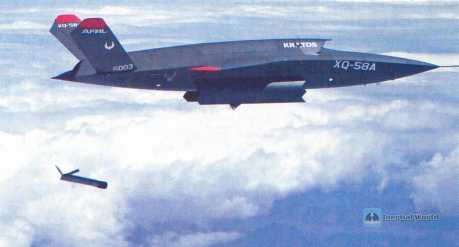
Project Background
XQ-67A new UAV, like X-58A, is based on the Low Cost Attritable Aircraft Platform Sharing (LCAAPS) program proposed by the US military in the 2010s. As the name suggests, it is to develop a low-cost, high-quality and inexpensive general platform for UAVs, and build and develop multiple different variant platforms based on this core general platform to carry different mission payloads and perform different types of missions. This low-cost general platform cooperates with high-tech, high-cost manned fighters to fight. In actual combat, even if a large number of UAVs are lost, they can be quickly replenished without affecting the completion of the mission.
The first drone model based on this concept is the well-known XQ-58A, which was jointly developed by Kratos UAV Systems and the U.S. Air Force Research Laboratory. It is a long-range, high-subsonic unmanned aerial vehicle developed by the United States. It is designed to fly with manned fighters and autonomously. The XQ-58A drone prototype made its first test flight at the Army Hume Experimental Center in Arizona, USA on March 5, 2019. In August 2023, the U.S. Air Force completed the first flight test of the XQ-58A "Valkyrie" drone autonomously controlled by artificial intelligence. The XQ-58A drone is 9.1 meters long, 8.2 meters wide, with a practical ceiling of 13,700 meters and a combat load of 272 kilograms.
According to the U.S. Air Force News Network, the XQ-58A project has achieved a balance between reliability and low cost, and has initially achieved the goal of "high quality and low price" for the platform.
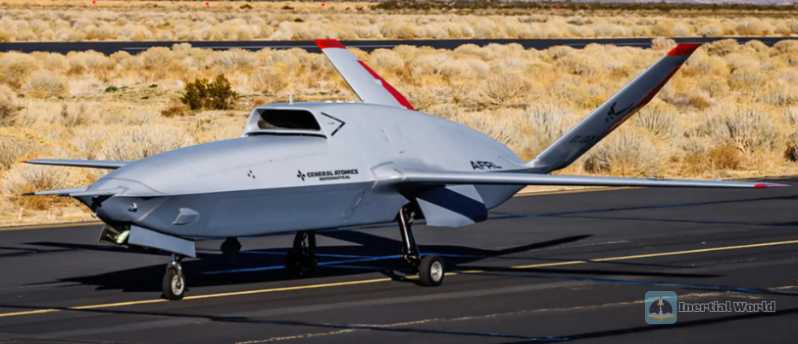
Following the XQ-58A technology verification platform, the U.S. Air Force Research Laboratory has launched the second-generation autonomous collaborative platform (ACP) project. The XQ-67A is the first aircraft platform under the ACP project, jointly developed by the famous drone giant General Atomics and the U.S. Air Force Research Laboratory.
It is reported that the Air Force and General Atomics signed a contract for the project in October 2021, but for more than two years, the two parties have not disclosed too many technical details of the project. According to the "War Zone" report, the aircraft is expected to focus on air-to-air combat and infrared reconnaissance and tracking (IRST) missions to achieve air superiority operations with manned and unmanned aircraft.
This speculation is certainly reasonable, because the XQ-67A is also called "Off-Board Sensing Station" (OBSS) by General Atomics. In other words, the XQ-67A is positioned as a sensor detection platform outside of manned aircraft, which is equivalent to a sensor attached to the body of a manned aircraft. In actual combat, the XQ-67A can provide the F-35 fighter with more comprehensive and detailed situational awareness information, helping it to better perform combat missions and gain the upper hand in air confrontation with the opponent. As a verification aircraft platform with the nature of technical pre-research, what expectations does the US Air Force have for the XQ-67A? From the summary of the current public information, there are mainly two points. First, General Atomics said that the XQ-67A will be the first to verify the aircraft "genus/species" concept that it has been jointly experimenting with the U.S. Air Force Research Laboratory. This concept is the development and extension of the first phase core UAV universal platform concept. The universal platform under this concept will achieve multiple uses and multiple functions through open systems, multi-task sharing and other technologies.
Win the initiative in air confrontation with the opponent. As a verification aircraft platform with the nature of technical pre-research, what expectations does the US Air Force have for the XQ-67A? From the summary of the current public information, there are two main points. First, General Atomics said that the XQ-67A will be the first to verify the aircraft "genus/species" concept jointly experimented with the US Air Force Research Laboratory. This concept is the development and extension of the first phase of the core UAV universal platform concept. The universal platform under this concept will achieve multiple uses and multiple functions of one machine through open systems, multi-task sharing and other technologies.
Trenton White, LCAAPS and OBSS project manager of the Aerospace Systems Directorate of the U.S. Air Force Research Laboratory, said: The XQ-67 is the first model designed and manufactured in the United States based on the concept of shared platforms. Its main goal is to verify the concept of open hardware and software aircraft systems.
Second, the U.S. Air Force hopes to achieve revolutionary innovations in the design, manufacture and improvement of military aircraft on the XQ-67A, that is, to transplant the concept of civilian automobile manufacturing to the field of aviation manufacturing and manufacture aircraft like manufacturing cars. The U.S. Air Force believes that the XQ-67A once again proves that the technical route of designing, manufacturing and testing such universal platforms is feasible. This will help the U.S. aviation industry build a product line similar to the automotive industry when researching new drones in the future, using standard subcomponents and subsystems to achieve the design and manufacture of new aircraft to save time and money.
Doug Meador, head of the ACP project capability of the Aerospace Systems Directorate of the U.S. Air Force Research Laboratory, said: "This method paves the way for the rapid production of other ’kinds’ of aircraft on a standard ’genus’ architecture." He said that this will help the United States provide more affordable advanced combat power to warfighters in future great power competition.
Trenton White, LCAAPS and OBSS project manager, also said: With a mature "genus" platform in the future, the U.S. Air Force can achieve low cost and rapid response capabilities in aircraft research and development and manufacturing. The U.S. military has the opportunity to develop and launch new models every few years, and to manufacture usable aircraft at a lower cost and faster speed. In addition, aircraft developed based on this type of "genus" platform can also get more opportunities to implant new technologies with the rapid iteration of its subsystems.
In layman’s terms, the US military hopes to verify a new design concept through the XQ-67A - in the future, the US Air Force will not develop a single type of aircraft, but a type of aircraft/a type of general platform, which coincides with the way car companies often launch a "series" of new cars.
It is worth noting that the Low-Cost Attritable Aircraft Platform Sharing (LCAAPS) project is considered an important step in realizing the future collaborative combat drone (CCA) program developed in conjunction with the US sixth-generation manned fighter. CCA is of great significance to the development of the next generation of tactical aircraft for the US Navy and Air Force. Last November, Air Force Secretary Frank Kendall reiterated that the Air Force is planning to purchase at least 1,000 CCAs and expects that this number may increase significantly in the future. In other words, the XQ-67A can be regarded as a technical verification aircraft for the UAV model platform that cooperates with the US sixth-generation fighter, and its successfully verified technical achievements will be used in the US sixth-generation fighter combat system in the future. Therefore, the XQ-67A technical verification aircraft can be completely regarded as one of the research and development contents of the US next-generation air combat system.

Appearance design analysis
From the perspective of the overall aerodynamic design, XQ-67A and XQ-58A are of the same origin. They both adopt conventional aerodynamic layout, upper single wing, swept double V tail, small aspect ratio swept wing, back-mounted air intake, and stealth structure design on the fuselage. The overall design is very similar. From the current point of view, there are only some differences in details. For example, first, the cross-section of the XQ-67A’s back-mounted air inlet is similar to a trapezoid, which is more advantageous in terms of echo reflection than the irregular air inlet of the XQ-58A, and is conducive to improving stealth performance; second, compared with the pointed tail of the XQ-58A, the tail of the XQ-67A is higher and has a larger area, which means that the XQ-67A has stronger heading stability and better controllability than the XQ-58A. Third, from the side, the XQ-67A’s backpack air intake is closer to the rear section of the fuselage, which means that its engine air intake is slightly shorter than that of the XQ-58A. Fourth, there is a protruding object on the belly of the XQ-67A. The outside world speculates that it should be a sensor. As an "offboard sensor" OBSS project platform, the XQ-67A may be responsible for heavier detection system testing and experimental tasks than the XQ-58A. This means that a large number of sensors of various specifications, types, and uses will be placed on the outside and inside of its fuselage. Fifth, unlike the XQ-58A, the XQ67A, which flew for the first time, has multiple pitot tubes installed on its head, which indicates that the XQ-67A is currently in a different test stage from the XQ-58A. The latter has entered a higher and deeper test stage, while the former still needs to conduct platform test flights before the pitot tubes can be removed and the system and software and hardware test stage can be entered.
According to the information disclosed by General Atomics on its official website, in addition to the XQ-67A technology verification aircraft that has already made its maiden flight, there are actually many other design options for the project, such as a flying wing layout, which is similar to the overall design of the XQ-67A but uses two side air intakes and a belly air intake.
Although General Atomics has not announced the main parameters of the XQ-67A, judging from the fuselage size, it should be at a similar level to the XQ-58A.
According to experts’ speculation, in terms of combat use, multiple drones of the same model will be equipped to a single F-35 fighter or a tactical team composed of 2 or 4 F-35s. In actual combat, the stealth XQ-67A with a smaller RCS target will penetrate at low and ultra-low altitudes, break through to the front line, and use infrared, white light, radar and other multi-spectral detection systems to find, lock and monitor targets, and transmit them back to the F-35 ambushed behind through the stealth encrypted machine-to-machine data link. The F-35 pilot will decide whether to attack the target. This combat mode greatly reduces the battlefield threat and pressure of the F-35, while expanding its field of vision, increasing the possibility of the F-35 throwing out-of-zone combat weapons, and improving the F-35’s long-range combat capability.
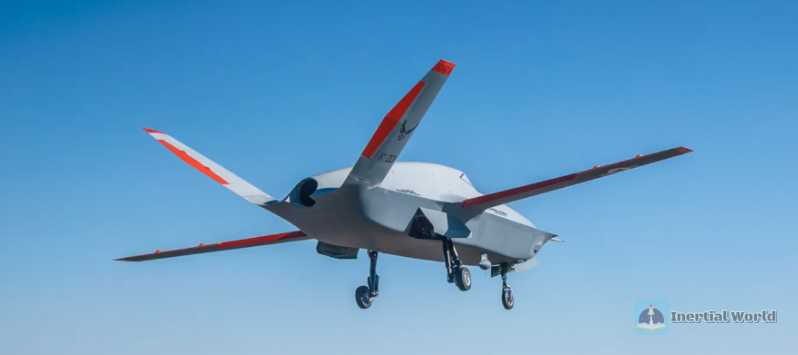
The future of the project is still in doubt
Although the manufacturing and testing of the XQ-67A and XQ-58A went very smoothly, this does not mean that the next-generation fighter unmanned combat system project has been "set in stone". At present, the Air Force is extremely determined to promote the project, but the US Congress and other departments have great doubts and negative criticism about it.
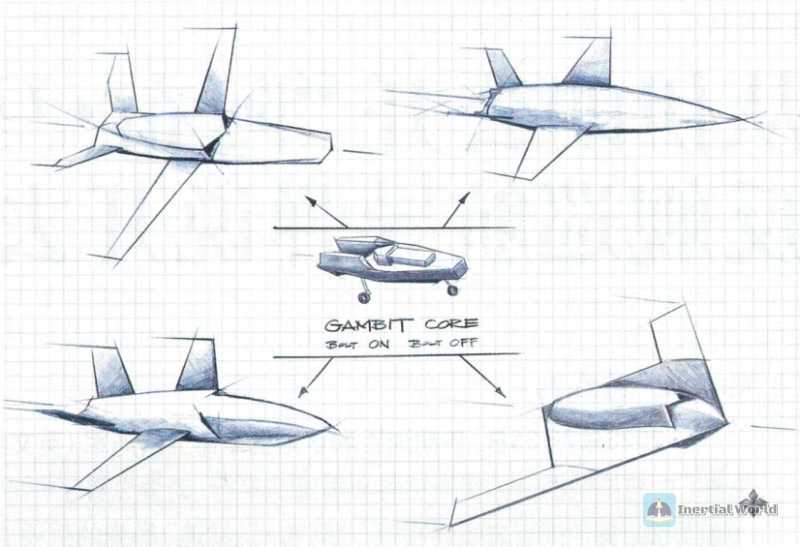
Although under the opposition of the US Air Force, the US National Defense Authorization Act finally cancelled the legislative provisions proposed by some members of Congress to impose cost limits ranging from US$3 million to US$25 million on different levels of CCA. However, according to a report by the "War Zone" website in December last year, members of Congress still asked the US Navy and Air Force to explain to them how to reduce the cost of CCA in the future.
According to the requirements of the congressmen, the Air Force Secretary and the Navy Secretary need to provide a separate report on CCA to the Congressional Defense Committee by May 1, 2024. The content will include the definition of affordable costs for the CCA project and how to confirm that such unmanned aircraft are suitable for consumable tasks in future confrontations. If the U.S. Air Force does not have a strong reason to convince the members of Congress by then, the CCA unmanned fighter program may still be cancelled or cut.


